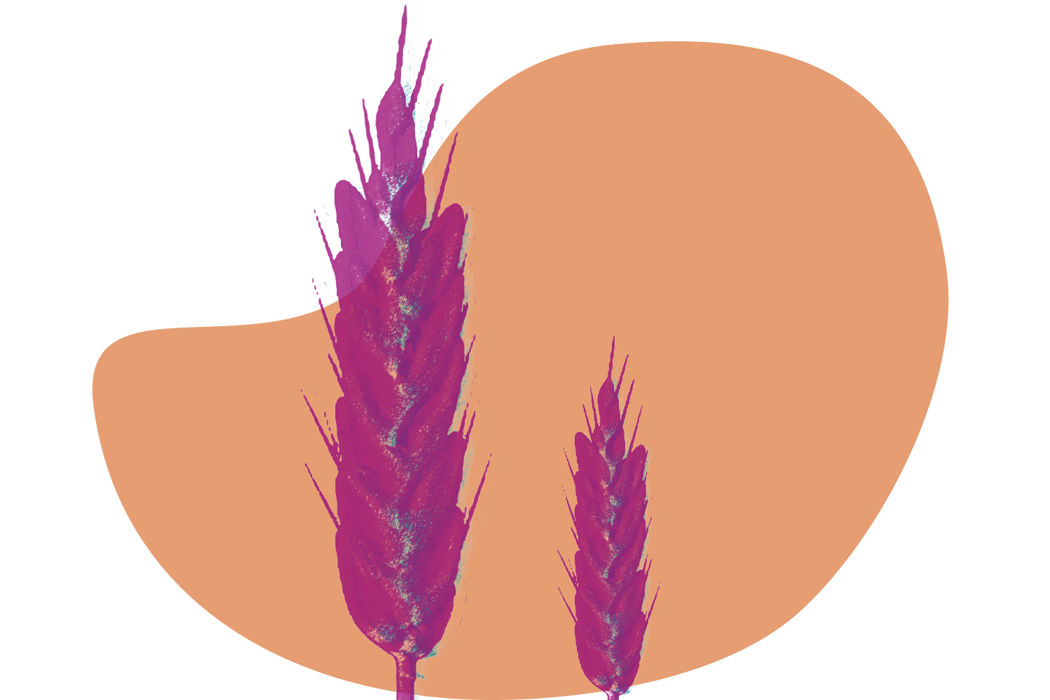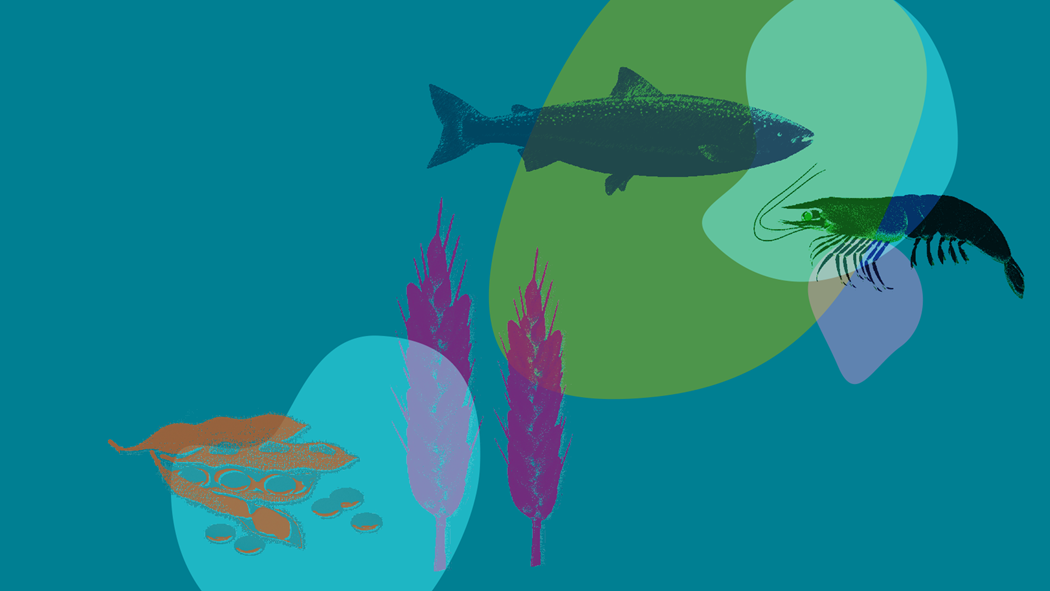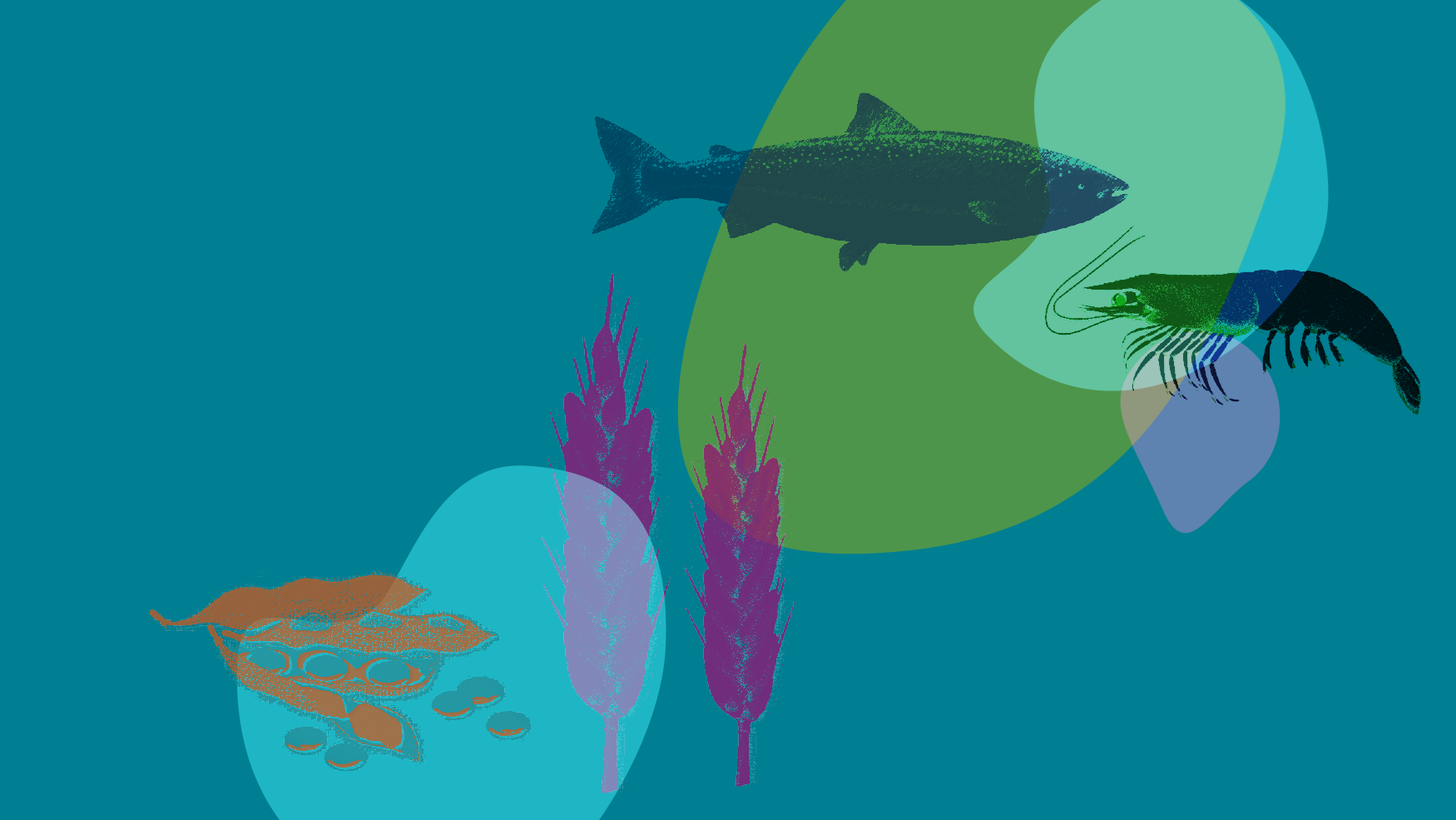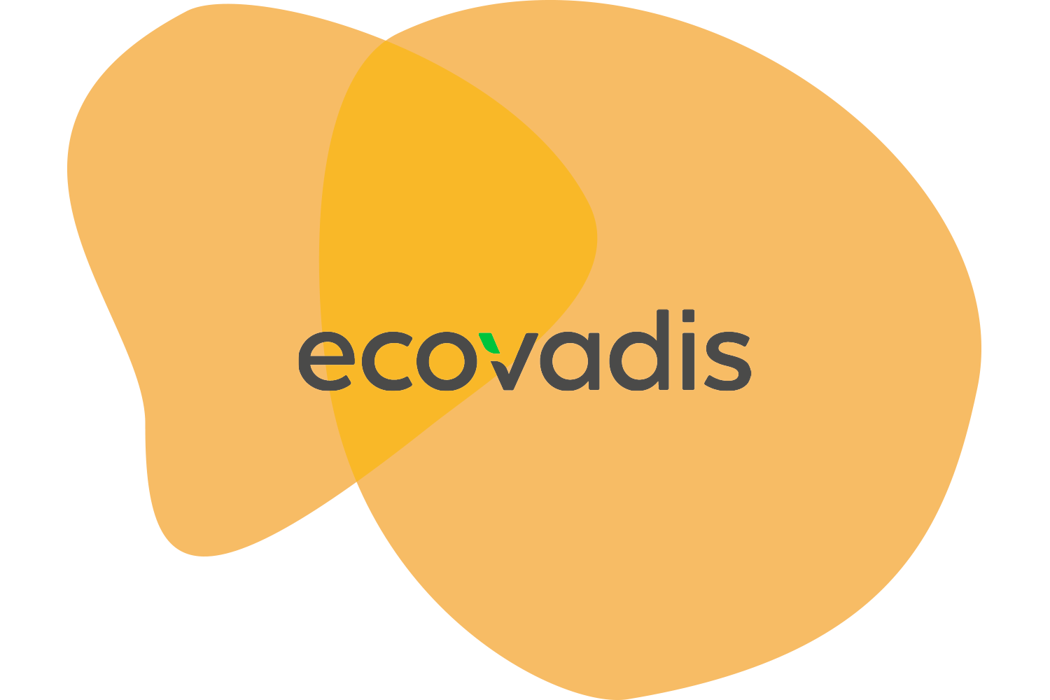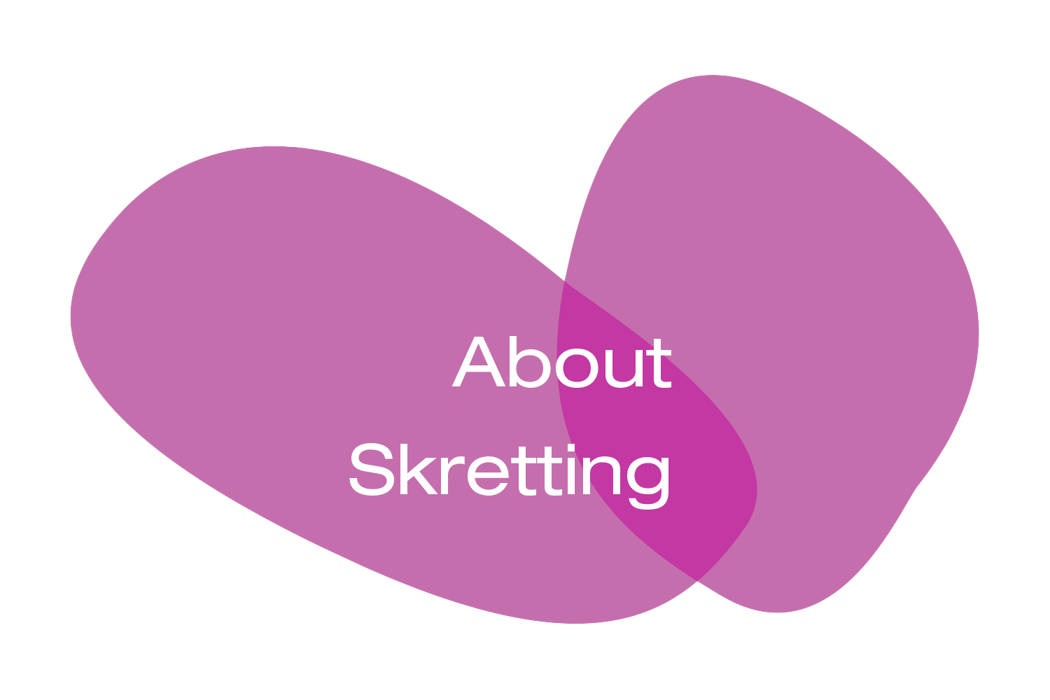The EcoVadis IQ software enables us to conduct four different supplier risk assessments:
- Environmental risk
- Labor and human rights risk
- Ethics risk
- Sustainable procurement risk
The risk level for each of these topics is based on the geographic location of the supplier, and the industry the supplier operates in. When combining these four risks with the relative spend level of the supplier, we can prioritise further actions to highrisk suppliers. Suppliers cumulatively contributing to 66% of Skretting’s 2022 spend have been assessed, highlighting 33 high-risk suppliers.
In 2023 we will engage with these suppliers to further evaluate the risk through the EcoVadis Ratings platform. Within EcoVadis Ratings, suppliers will be required to return a sustainability questionnaire and provide proof for their answers. The information provided is then evaluated by EcoVadis and the supplier is scored accordingly. This allows us to analyse the robustness of our supplier’s sustainability policies in a standardised way. The assessment also highlights which areas each supplier covers, and which areas require improvement.
In 2022, 183 of Nutreco’s suppliers had an EcoVadis rating available, many of which supply to the Skretting business as well, and we aim to increase this number over 2023.
